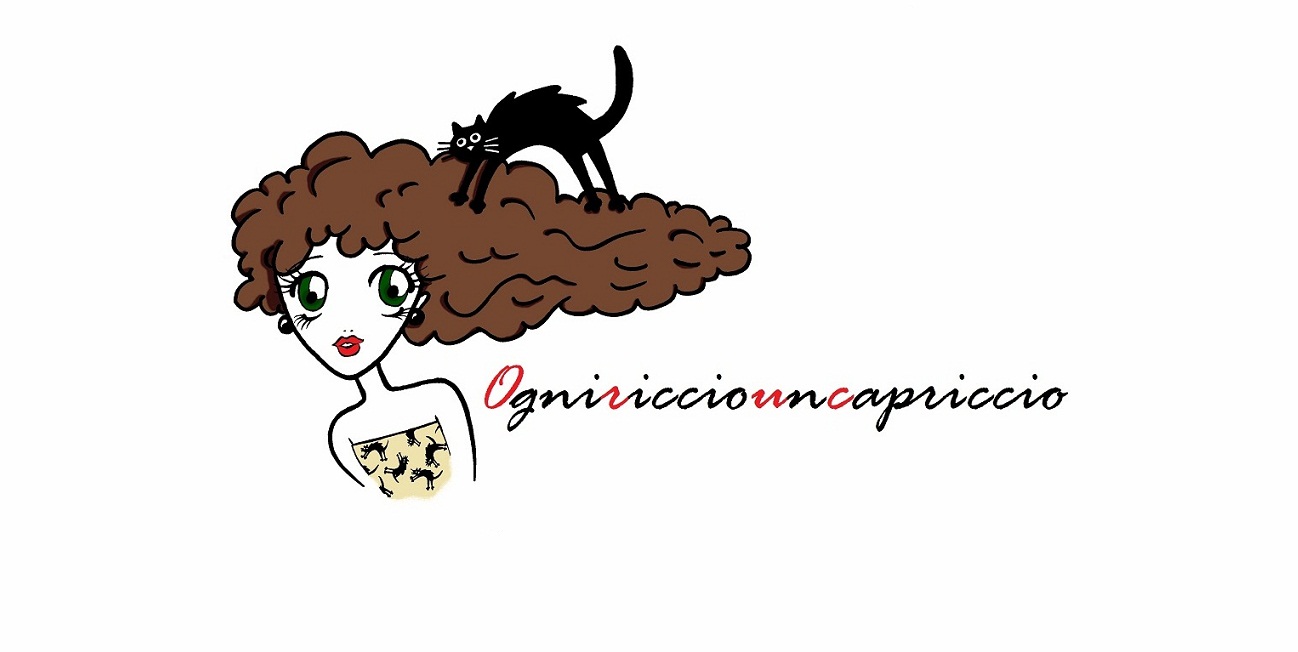In the XV century, when Flemings rediscovered oil painting (already known in the Early Middle Ages but never fully understood), they introduced a new technique, called “velatura”. This technique consists in applying a veil of colour that doesn’t cover the canvas but stays semi-transparent. When the first veil is dry, the artist can apply other colour layers to create unusual tones and gradations. Well, this is exact way Haider Ackermann works.
Many designers, despite the fact they know all the textures and the fabrics, like better not to mix them. Ackermann, instead, introduced a new layering technique that helps him to create uncommon effects, chromatic contrasts, lights and shadows.
Moreover, his style is unmistakable: beautiful drapes, astonishing tailoring, secret or apparently plain details, bold colours, sharp lines and amazing structuredness.
All these things are the main features in Haider Ackermann Fall 2012/2013 collection. He created androgynous looks, imbalanced towards the feminine side, inspired by military or oriental traditional clothes. The focus is on large shoulders and hips. Plus Ackermann designed marvelous bustier-belts which give a womanly allure (because of the hourglass shape) even to the most manly outfit.
As Nicole Phelps said, “You can add this to the short list of shows this season that brought the crowd to its feet”.
Enjoy it!
Traduzione:
Quando, nel XV sec., i Fiamminghi riscoprirono la pittura ad olio, già nota nel Basso Medioevo ma fino ad allora mai compresa appieno, lo fecero introducendo una nuova tecnica, quella della velatura. Essa consisteva nello stendere il colore in una quantità tale che la tela non ne risultasse subito coperta (come avveniva invece con i colori a tempera o le tecniche dell’affresco). Successivamente, una volta asciutto il primo velo semi-trasparente, si potevano sovrapporre altri strati di colore in modo da creare sfumature e toni non ottenibili diversamente.
Ebbene è proprio così che procede Haider Ackermann. A differenza di altri stilisti che, pur conoscendo alla perfezione i diversi tessuti, evitano di mixare texture e materiali tanto diversi tra loro, Ackermann ha introdotto una nuova tecnica di stratificazione che gli consente di creare effetti inusitati mediante un gioco di sovrapposizioni, contrasti cromatici, luci ed ombre.
Inoltre, il suo stile è inconfondibile: drappeggi sapienti, sartorialità sopraffina, dettagli nascosti o all’apparenza semplici, colori brillanti, linee pulite e strutturalità d’impatto.
Tutte queste caratteristiche le possiamo oggi ritrovare nella sua collezione Autunno-Inverno 2012/2013, dove esse si affiancano a look androgini, talvolta di ispirazione militare o orientale, ma sempre sbilanciati verso il lato femminile grazie ai giochi di volume su fianchi e spalle o alle cinture-bustier che donano anche al look più maschile un andamento a clessidra tipicamente femminile.
Come ha scritto Nicole Phelps, “Questo è uno degli show che potrebbero essere aggiunti alla breve lista di quelli che, questa stagione, hanno fatto inchinare il pubblico ai propri piedi”.
Buona visione!









Nessun commento:
Posta un commento